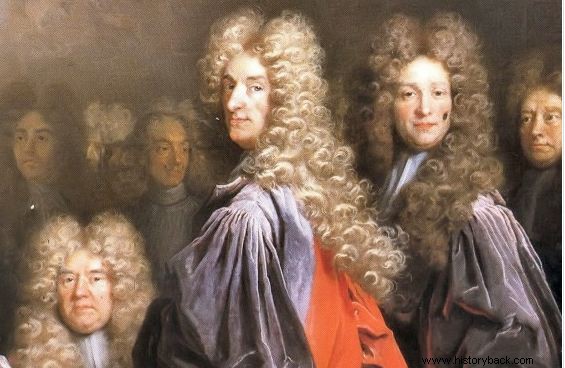
Showy eighteenth-century wigs. The tax on wigs was the end of this popular fashion in the 18th century
Have you ever heard of the wig tax ?
Well, the rulers have also invented this to make money.
The idea came to the British Prime Minister William Pitt, than in 1795 put a heavy tax on the flour powder , used for decades to make the elaborate artificial (but also natural) hair of men and women white and fragrant ( see also :https://www.pilloledistoria.it/2203/storia-moderna/versilles-1700-la-moda-dei-capelli-bianchi).
Directly hit in the purse, the nobles did not take long to abandon that extravagant fashion of wigs that had raged for much of the eighteenth century, as evidenced by the many paintings that have come down to us.
However, we did not lose heart too much and opted for a cheaper solution: wax.
The latter was perfect for keeping even the most rebellious hair at bay.
In this way, a double effect was obtained with a minimum expense :not only was the hair more beautiful, it was also easier to keep it in place.
Unintentionally, therefore, the tax on wigs closed one era and opened another, at least as far as fashion was concerned.
In fact, the habit of distributing wax on the hair caused a sensation and from England it did not take long to spread to other European countries ( Photo gives: virtualblognews).
